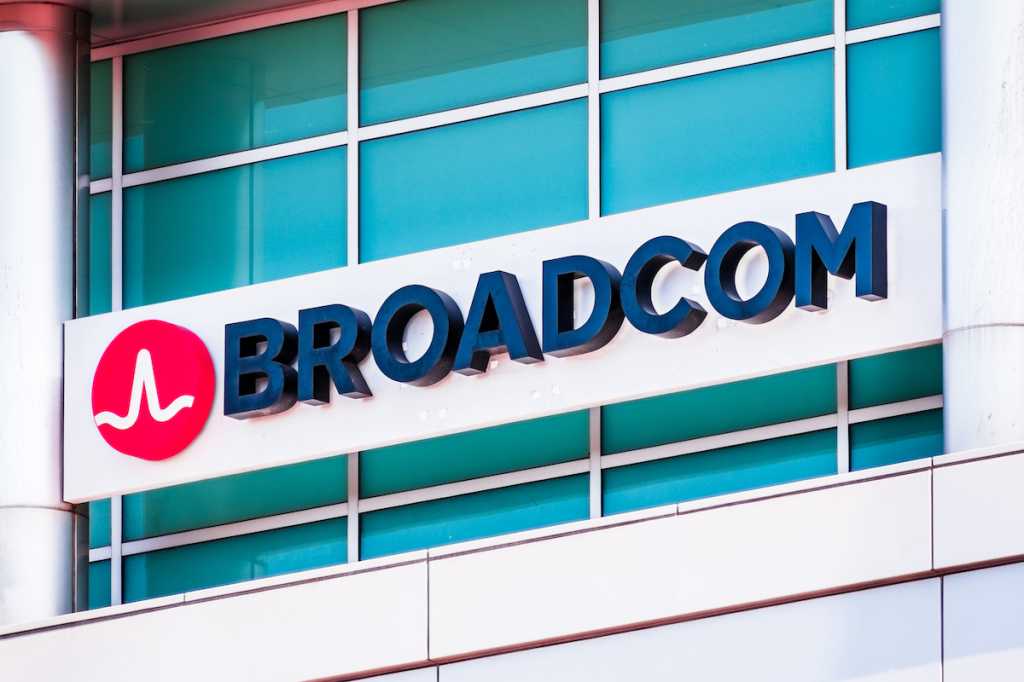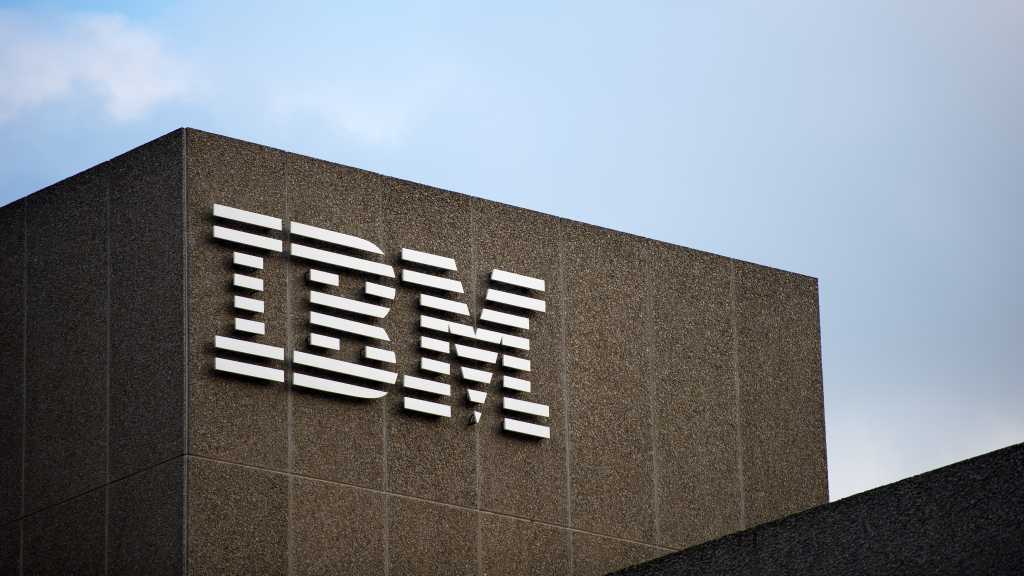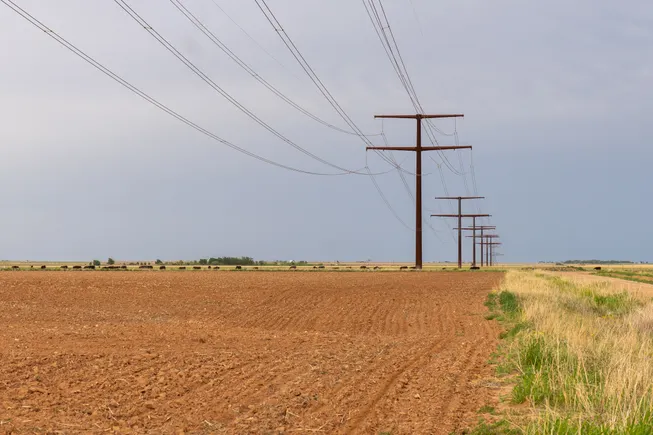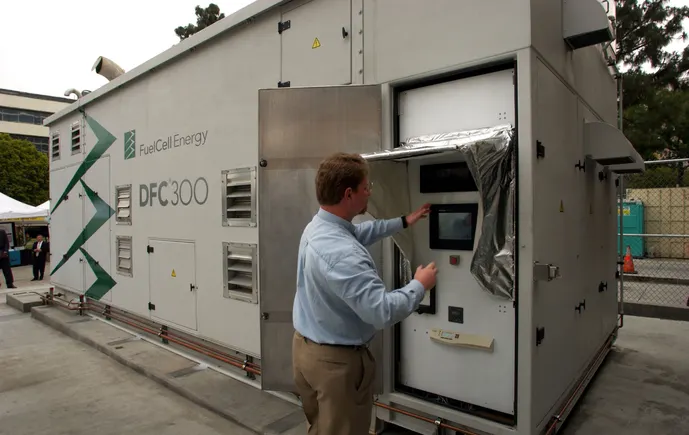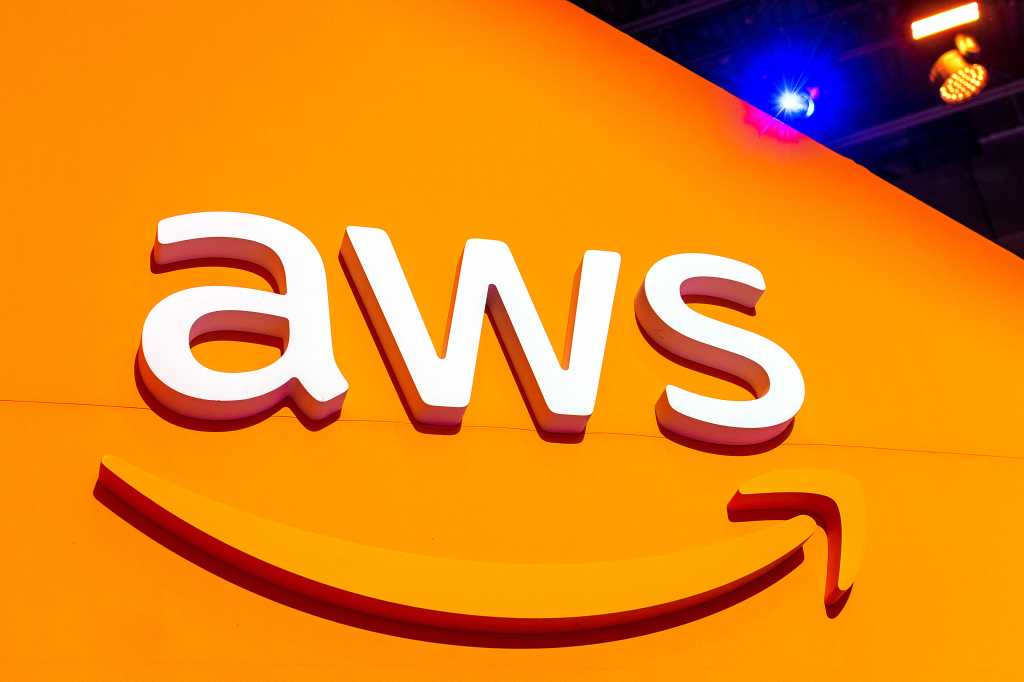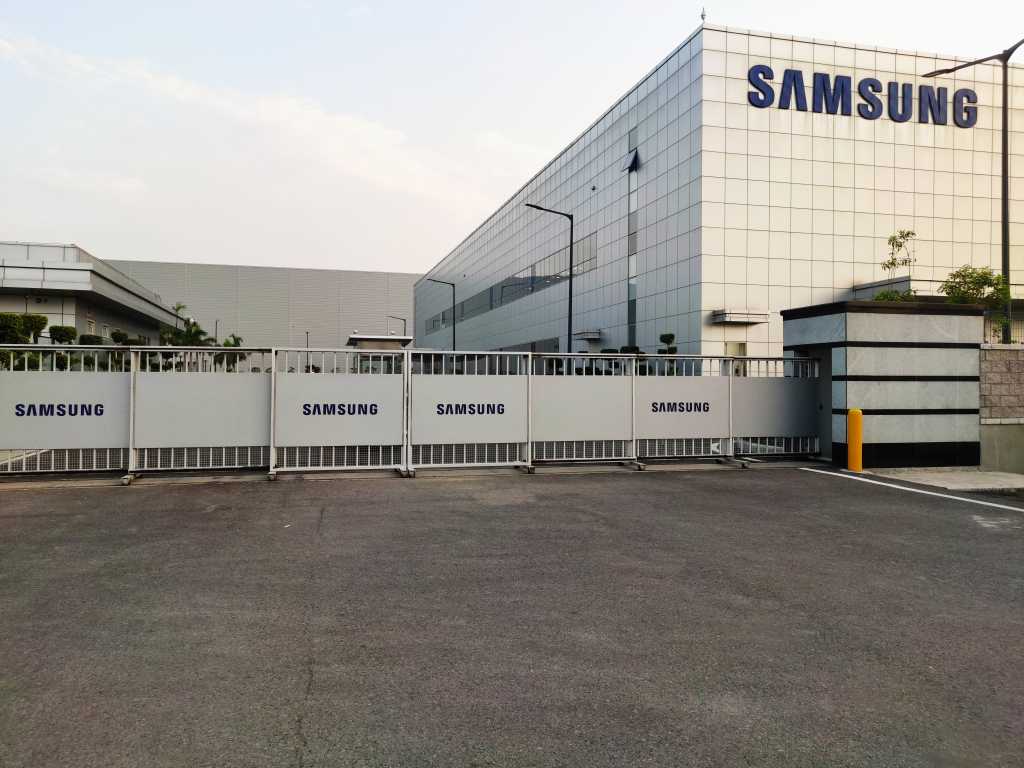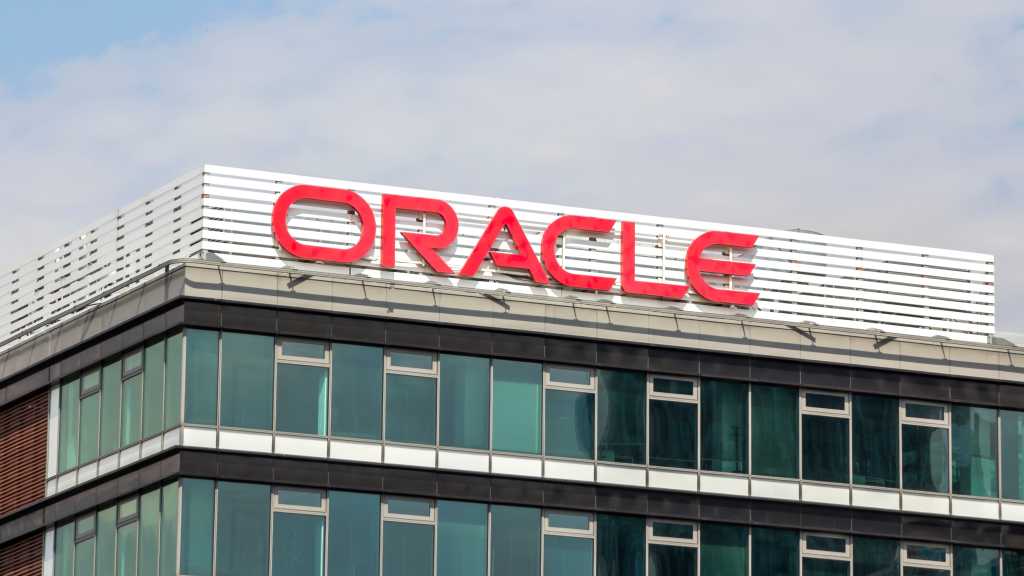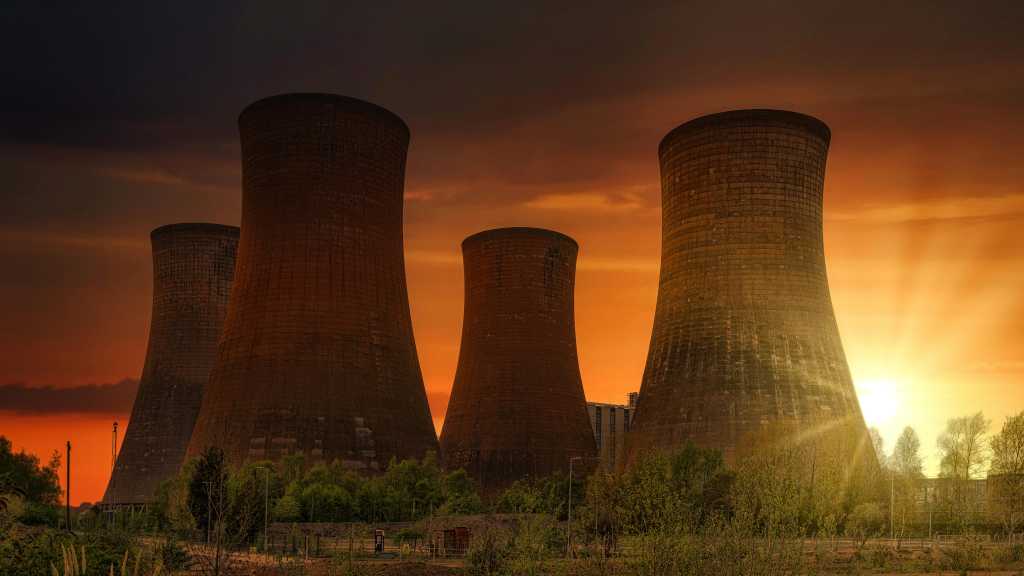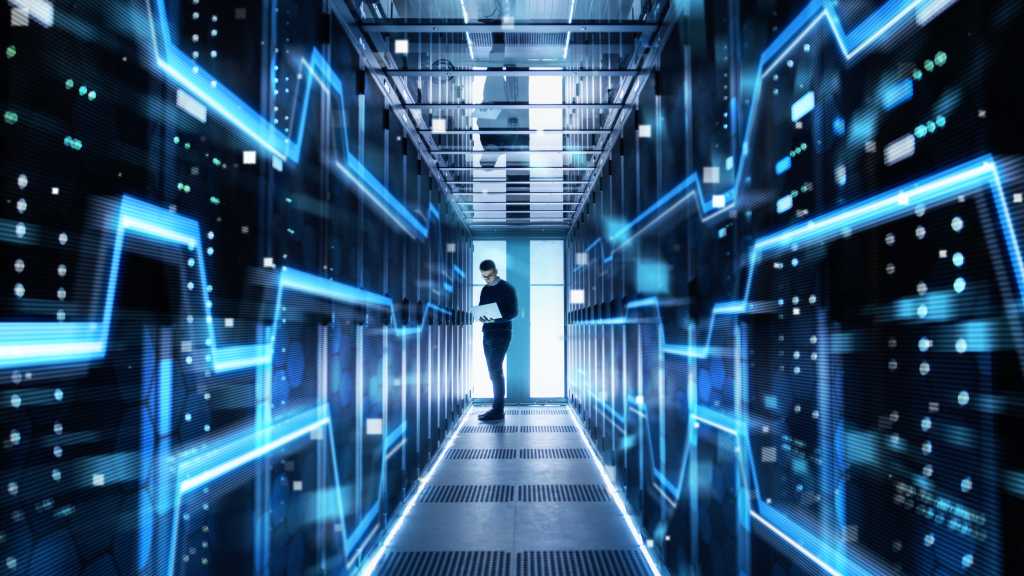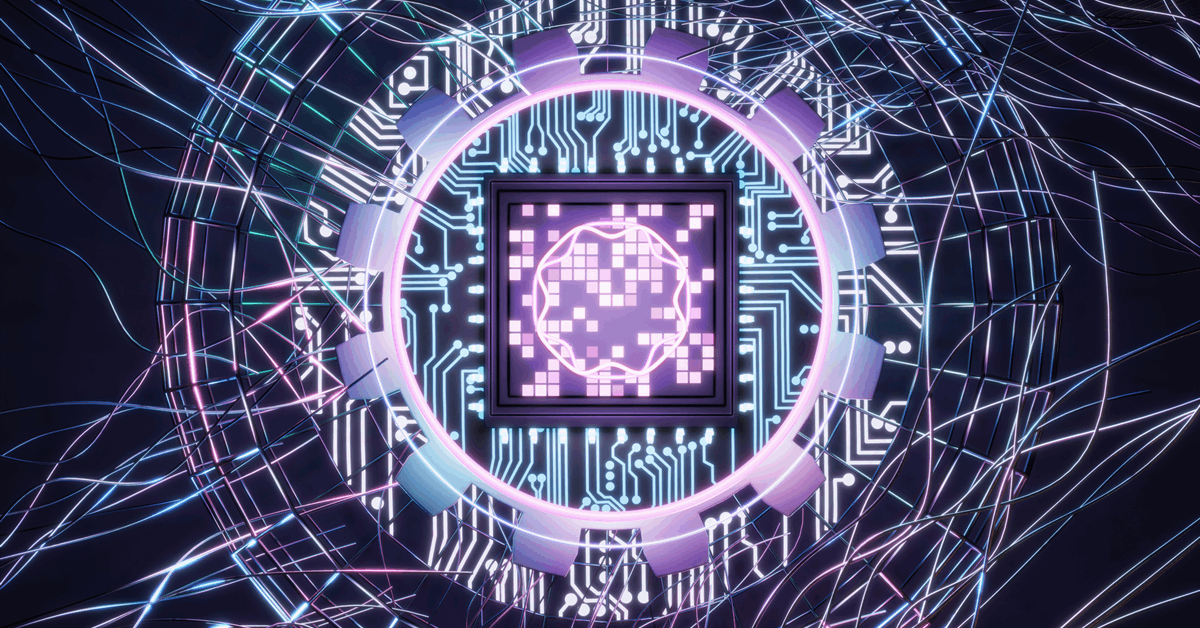
The U.S. Department of Energy (DOE) announced, in a statement posted on its site this week, a new partnership with NVIDIA and Oracle “to build [the] largest DOE AI supercomputer”.
“The U.S. Department of Energy, Argonne National Laboratory, NVIDIA and Oracle … announced a landmark public-private partnership to deliver the DOE’s largest AI supercomputer and accelerate scientific discovery,” the DOE said in the statement, adding that the partnership will “immediately deliver world-class AI computing resources to DOE researchers while simultaneously building two next-generation AI supercomputing systems at Argonne National Laboratory”.
In its statement, the DOE highlighted that the announcement is “in accordance” with U.S. President Donald Trump’s Executive Orders titled Accelerating Federal Permitting of Data Center Infrastructure and Removing Barriers to American Leadership in Artificial Intelligence.
The DOE noted in its statement that the Solstice system will feature 100,000 NVIDIA Blackwell GPUs and said it will be the largest AI supercomputer in the DOE’s lab complex. Another system, called Equinox, will feature 10,000 NVIDIA Blackwell GPUs, the DOE added.
“Construction at the Argonne Leadership Computing Facility will immediately begin for the Equinox system,” the DOE pointed out in the statement, revealing that it is expected to be delivered in 2026.
“These AI systems will be seamlessly connected with DOE’s vast network of scientific instruments and data assets to address some of the nation’s most pressing challenges in energy, security, and discovery science,” it added.
The DOE went on to state that, as part of the partnership, Oracle will also immediately provide DOE with access to AI computing resources that use a combination of NVIDIA Hopper and Blackwell architectures.
“Scientists from Argonne and across the country will have access to new AI capabilities to drive technological leadership for science and energy applications,” the DOE said.
In the statement, U.S. Energy Secretary Chris Wright said, “winning the AI race requires new and creative partnerships that will bring together the brightest minds and industries American technology and science has to offer”.
“The two Argonne systems and the collaboration between the Department of Energy, NVIDIA, and Oracle represent a new commonsense approach to computing partnerships. These systems will be a powerhouse for scientific and technological innovation,” he added.
NVIDIA Founder and CEO Jensen Huang said in the statement, “AI is the most powerful technology of our time, and science is its greatest frontier”.
“Together with the Department of Energy and Oracle, we’re building an AI factory that will serve as America’s engine for discovery, giving researchers access to the most advanced AI infrastructure to drive progress across fields ranging from healthcare research to materials,” he added.
Clay Magouyrk, CEO of Oracle, said in the statement, “at Oracle, we are proud to partner with the Department of Energy to deliver sovereign, high-performance AI capabilities”.
“Our collaboration at Argonne, tapping into the power of OCI, will provide a critical resource to address the nation’s most complex challenges and accelerate the next wave of scientific breakthroughs,” Magouyrk added.
Paul Kearns, director at the DOE’s Argonne National Laboratory, said in the statement, “the Equinox and Solstice systems are designed to accelerate a broad set of scientific AI workflows, and we are collaborating with Oracle and NVIDIA to prepare thousands of researchers to effectively leverage the systems’ groundbreaking capabilities”.
“This system will seamlessly connect to forefront DOE experimental facilities such as our Advanced Photon Source, allowing scientists to address some of the nation’s most pressing challenges through scientific discovery,” he added.
AMD-Accelerated AI Supercomputers
In a statement posted on its website earlier this week, the DOE announced two new AMD-accelerated AI supercomputers at Oak Ridge National Laboratory (ORNL), “one of which will be built at record speeds thanks to a new public-private partnership model”.
“The supercomputers will help expand America’s leadership in scientific computing, strengthen national security, and drive the next generation of Gold Standard Science and innovation,” the DOE said in that statement.
“With the new public-private partnership model, the Lux AI cluster, powered by AMD Instinct™ MI355X GPUs, AMD EPYC™ CPUs, and AMD Pensando™ advanced networking, will be deployed in early 2026 to expand DOE’s near-term AI capacity and accelerate work on critical national priorities, including fusion, fission, materials discovery, quantum, advanced manufacturing, and grid modernization,” the DOE added.
In that statement, AMD Chair and CEO Lisa Su said, “we are proud and honored to partner with the U.S. Department of Energy and Secretary Wright to accelerate America’s AI compute infrastructure”.
“This partnership exemplifies public-private collaboration at its best. With Discovery and Lux, we are delivering leadership compute systems that combine performance and energy efficiency to advance America’s research priorities and strengthen U.S. leadership in AI, energy, and national security,” Su added.
ORNL Laboratory Director Stephen Streiffer said in that statement, “Oak Ridge’s leadership in supercomputing has transformed how researchers solve problems”.
“With Discovery and Lux, we’re accelerating the pace of Gold Standard Science at a scale that secures America’s leadership in an increasingly competitive world,” he added.
Petrobras, Exxon, Eni Supercomputers
In a statement posted on its site earlier this month, Petrobras announced that it had put the Harpia supercomputer into operation.
“The machine, equivalent to 10 million cell phones or 200,000 laptops, will help the company maintain its leadership in processing capacity in Latin America,” Petrobras said in in the statement.
“Valued at R$435 million [$81.4 million], it is the largest of the five new supercomputers purchased by the company, which together cost R$500 million [$93.6 million] and will increase Petrobras’ computational capacity by more than 60 percent,” the company added.
Petrobras noted in the statement that the acquisition of new supercomputers is strategic in keeping the company at the technological forefront of the oil and gas sector in subsurface seismic imaging.
“Obtaining more detailed seismic images of the subsurface allows us to refine reservoir behavior simulations, enabling more efficient production. In addition, large computational capacities allow Petrobras to compete globally, attract partnerships, and seize business opportunities,” Petrobras Corporate Affairs Director Clarice Coppetti said in the statement.
In a statement posted on its website back in March, ExxonMobil announced the introduction of Discovery 6, “ExxonMobil’s latest HPC system”.
“The Discovery 6 supercomputer combined with our elastic Full Wavefield Inversion (eFWI) technology will allow us to increase resource recovery with less capital,” the company said in that statement.
“The eFWI technology rapidly creates images that reveal information about rock and fluid properties and insights into where hydrocarbons are present. HPC will enable 4D eFWI, adding time-lapse to further optimize development and production,” it added.
In a statement posted on its website in November last year, Eni announced the completion and launch of a new supercomputing system dubbed HPC6.
“HPC6 provides a significant increase in computational power to a peak of 606 PFlop/s, or over 600 quadrillion mathematical operations per second,” Eni noted in that statement.
“The system has achieved a debut ranking of No.5. in the new TOP500’s list (released on November 18, 2024) of super computers,” it added.
“This is an excellent result that ranks HPC6 as first supercomputer in Europe, the world’s first industrial-use supercomputer and the only non-U.S. system among the top 5 in the world,” it continued.
Eni said in that statement that the launch of HPC6 marks a pivotal moment in Eni’s decarbonization strategy, “where technology and innovation differentiate Eni’s approach and deliver value creation through the development of new businesses related to the energy transition”.
To contact the author, email [email protected]



